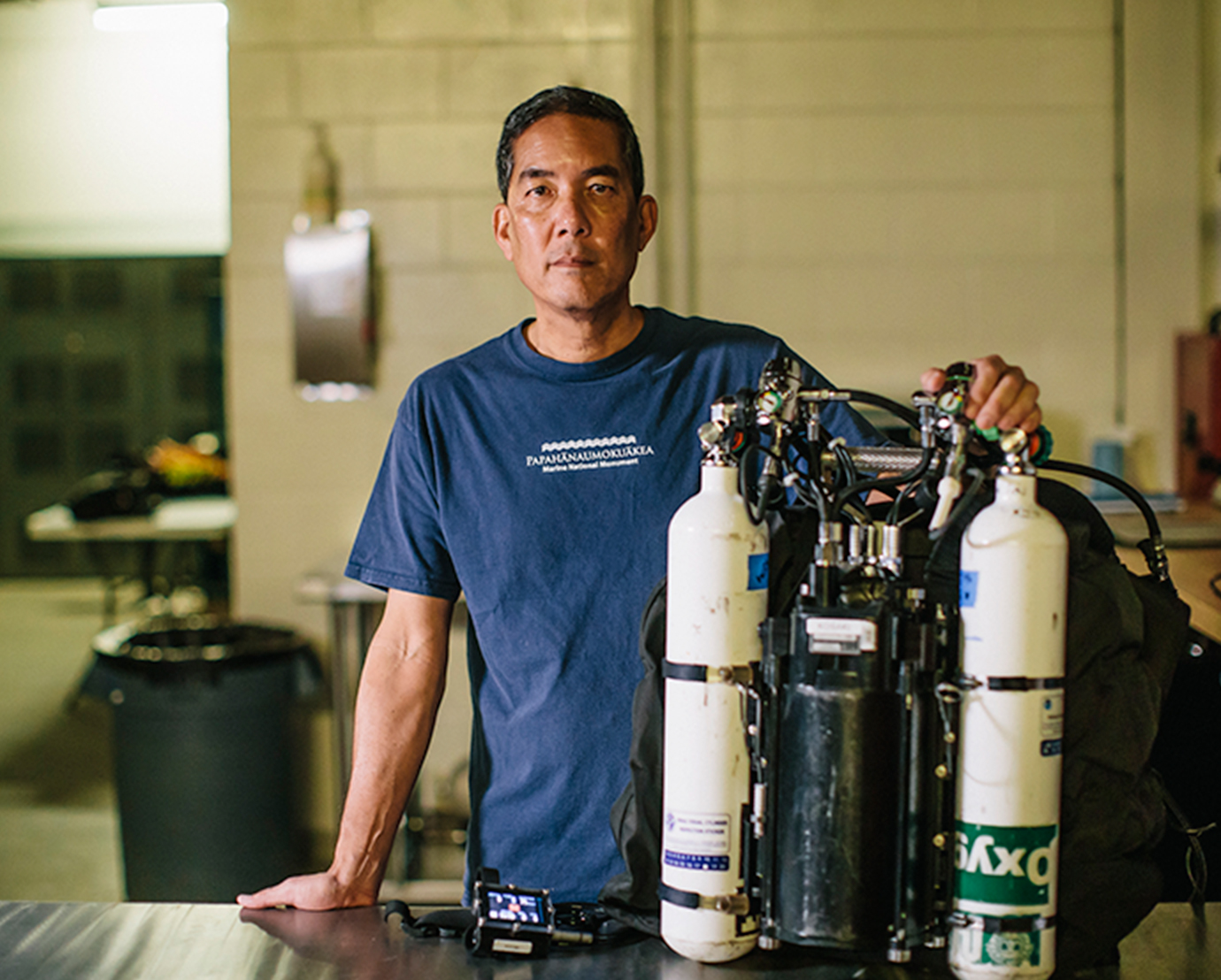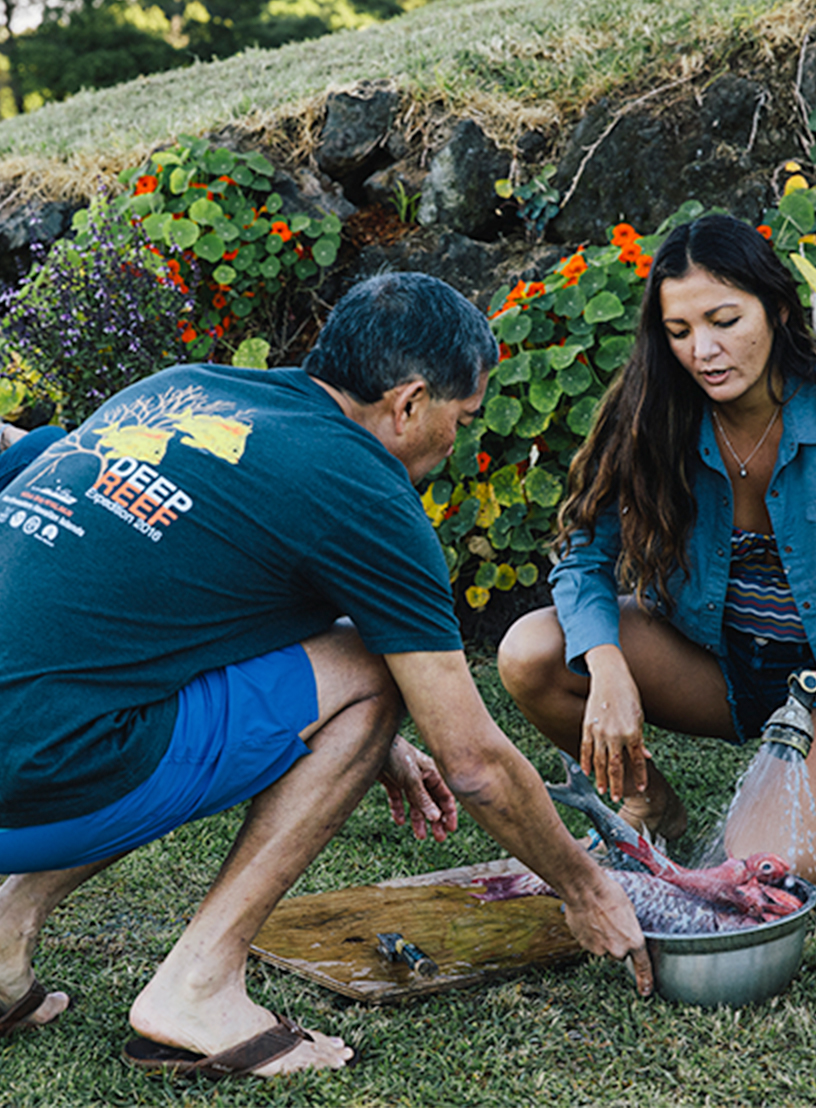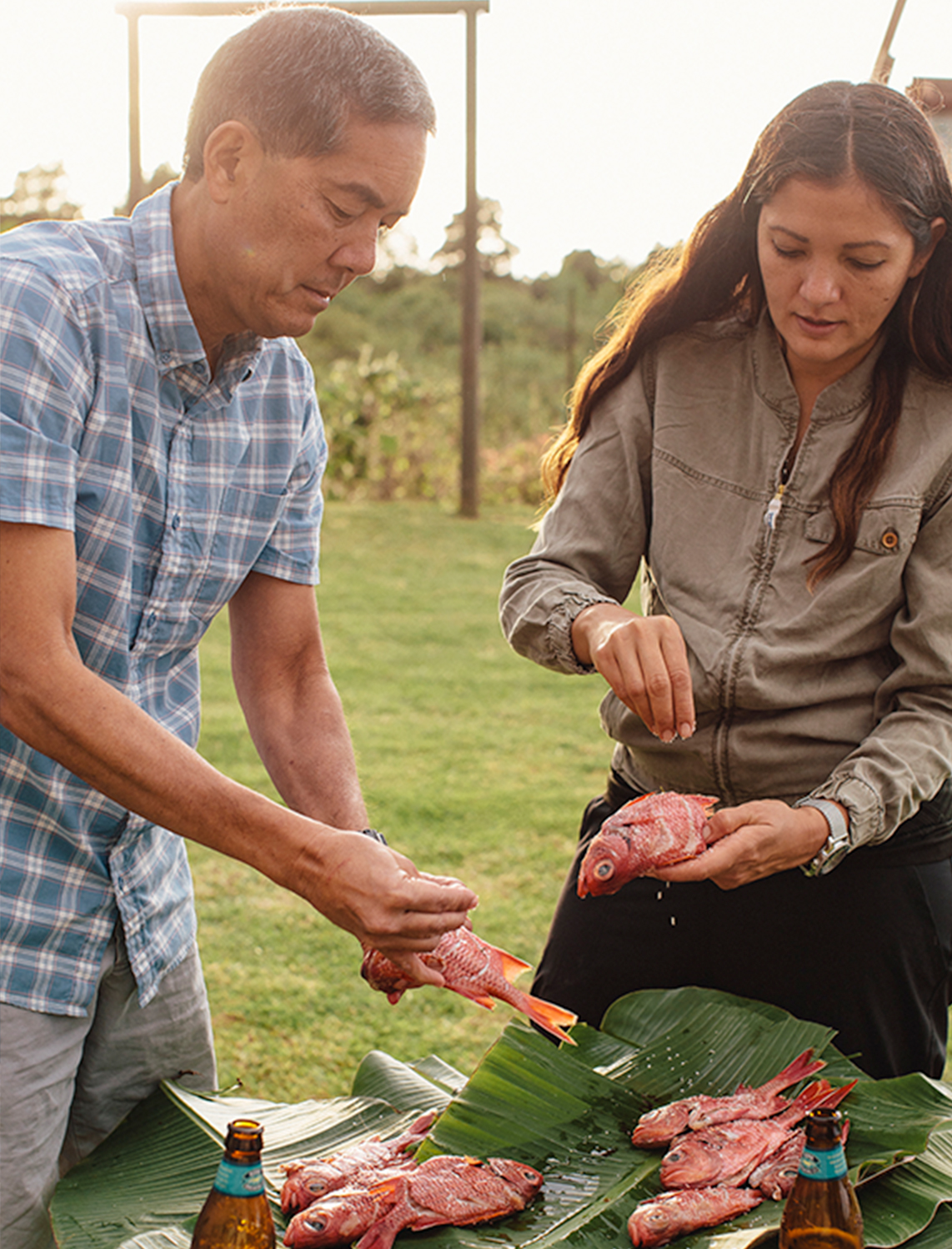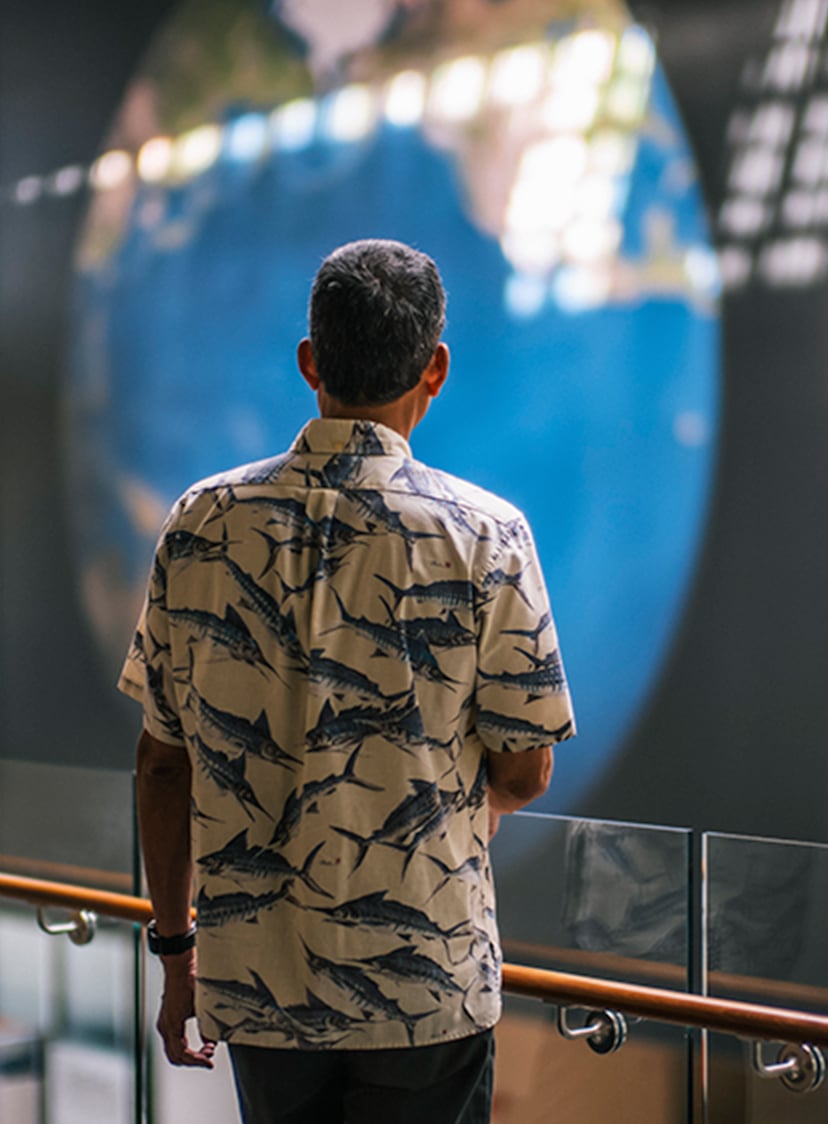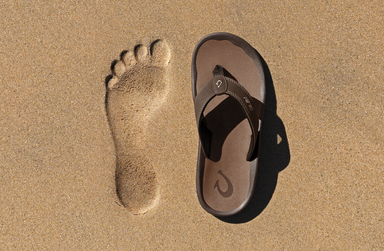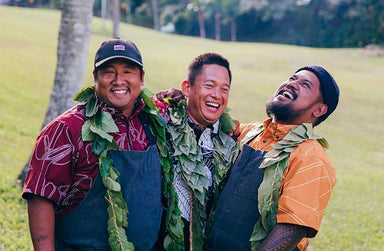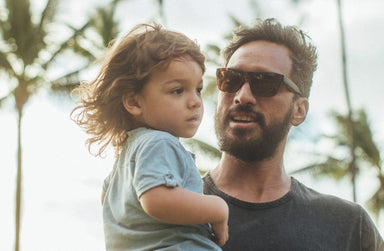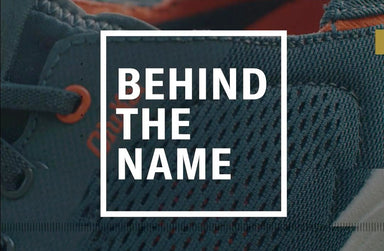Walk Stories
OluKai
May 24, 2019
ʻOhana is Connection – Dr. Randy Kosaki, Chief Scientist NOAA
Perhaps it was the scuba diving lessons Dr. Randy Kosaki took in his youth that sparked his curiosity and awe for the ocean. Or maybe it was his adoptive parents, both university professors, who encouraged his passions and introduced him to science. Either way, Randy has always been drawn to the ocean, just like his long-lost, recently united half-sister Kimi Werner. “We both found our way to the ocean and made a lifelong passion out of it,” Randy says. “We love to dive and we want to dive, but mostly, we have to dive. It’s part of having salt in your veins and it’s such a part of our existence.” Today, Randy is the National Oceanic & Atmospheric Administration’s Deputy Superintendent of the Papahānaumokuākea Marine National Monument, specializing in research on coral reef fish ecology and coral ecosystems in the Northwest Hawaiian Islands. And just like Kimi, his connection to the ocean has led him to advocate for environment and marine conservation to protect the remaining wild places on there, as well as help communities better manage their precious marine resources. We caught up with him to talk fish, family, and, of course, diving.
Is it the fishing or the science that keeps you near the ocean?
Fishing is my first love. If I had to choose one, fisherman or scientist, I would have to say I’m a fisherman, but I don’t see the two as mutually exclusive at all. The best fishermen are good conservationists. They don’t overfish their fishing grounds, just as the best scientists are for marine conservation, but not in an effort to shut down fishing. They view these large marine protected areas as fishing enhancement tools.
And now you’re researching rare fish in Papahānaumokuākea Marine National Monument, one of those pristine marine environments in the world. How does that feel to reach this pinnacle in life?
It’s been so significant to be a part of the creation of the National Monument, to be a small part of creating one of the biggest marine protected areas in the world. It’s a legacy project in a professional and personal way. The more research we do, the more exploration we do, the more unique things we find that are only found in Hawai‘i or the Northwest Hawaiian Islands, and all of the science after the creation of the monument supports the initial action of creating it in the first place. We are diving deeper than most people ever get to go, so it’s not surprising that most of what we find is completely new to science. It’s exploration in the old school sense, and research, and cutting-edge science all rolled up into one.
What was it like finding out you had a half-sister, Kimi Werner, and meeting her for the first time?
When I first met Kimi, I felt like I met a female version of myself, to the extent that we really are two sides of the same coin. I’m a conservation biologist who loves to fish. She’s a world-class fisherwoman with a world-class conservation ethic. And good conservation is what’s good for fisherman, so I almost felt like I met a different version of myself. Even though we grew up separately, that first night where we got together, I almost felt like I had known her my whole life. There’s something strange about that.
What a coincidence that, even though you only recently just met for the first time and were raised by completely different parents, you both hold such a strong passion for all things ocean.
I think Kimi and I are an interesting study in nature versus nurture. We were both nurtured, but we also have something innate that drove us to the ocean. I think it is a very strong role and it’s neither either-or. We all are the product of our genetics and our life experiences put together.
